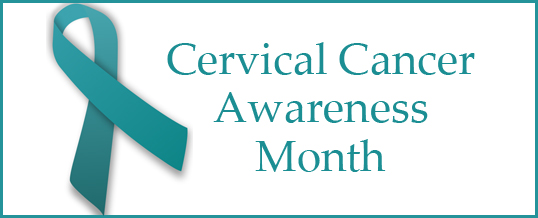
OB/GYN at Sandpoint Women’s Health/ Bonner General Hospital
Cervical cancer rates have decreased dramatically in the United States over the last 30 years. This decrease is directly related to widespread and accepted screening within our communities. These improvements are wonderful but cervical cancer still remains a threatening and morbid disease. In the United States, approximately 14,000 new cases of invasive cervical cancer are diagnosed each year and 4,300 cancer related deaths occur each year.
Cervical cancer is most frequently diagnosed in women between the ages of 35 and 44. The diagnosis is rare in women younger than 20. More than 15% of cases of cervical cancer are found in women over 65. However, these cancers rarely occur in women who have been getting regular tests to screen for cervical cancer before they were 65.
Most cases of cervical cancer are diagnosed in women who were never screened or screened inappropriately. Currently there are new technologies and new recommendations for cervical cancer screening evolving all of the time. What should you know about the latest recommendations and how to protect yourself from cervical cancer?
- Pap tests are still the preferred method to screen for cervical cancer. A pap test is a sample of cells collected from your cervix as part of a pelvic exam. A test for HPV (human papilloma virus) may be added to your pap test, or tested after results of your pap are read. This combination has been shown to help identify precancerous cells that can be treated before they turn into cancer.
- Pap screening is now recommended to start at age 21 and continue every 3 years until age 30. After age 30 the screening interval may be extended to every 5 years. Any abnormal results will prompt more testing and follow-up. You may be screened more often if you have risks due to immune system deficiency. Screening may be completed at age 65 if you are low risk.
- You do not usually need a pap test if you have had a hysterectomy (removal of the uterus including the cervix) and have no history of prior abnormal pap tests.
- HPV vaccine has been developed that decreases risks of exposure to HPV which very often causes the pre-cancer that can develop in the cervix. HPV vaccine is ideally given to girls and boys by 13 years of age. A first vaccine can be given as an adult, you should ask your provider if you are a good candidate.
- Although HPV vaccine is very effective, it cannot clear HPV that may already be present. Also, it is not 100% effective against all strains of HPV. Therefore, it is important to continue with routine screening even if you have been vaccinated.
- All women should have access to screening. There are many available programs that can help with the cost through most of your local primary care or OB/GYN medical facilities. Please contact your local health department or Sandpoint Women’s Health with any questions or for further information.
References:
American College of OB/GYN “Cervical Cancer Screening and Prevention”
American Cancer Society “Key Statistics for Cervical Cancer 2019”
Uptodate.com “Screening for Cervical Cancer”
ASCCP.org Guidelines
Published in Sandpoint Living Local Magazine – January 2021

